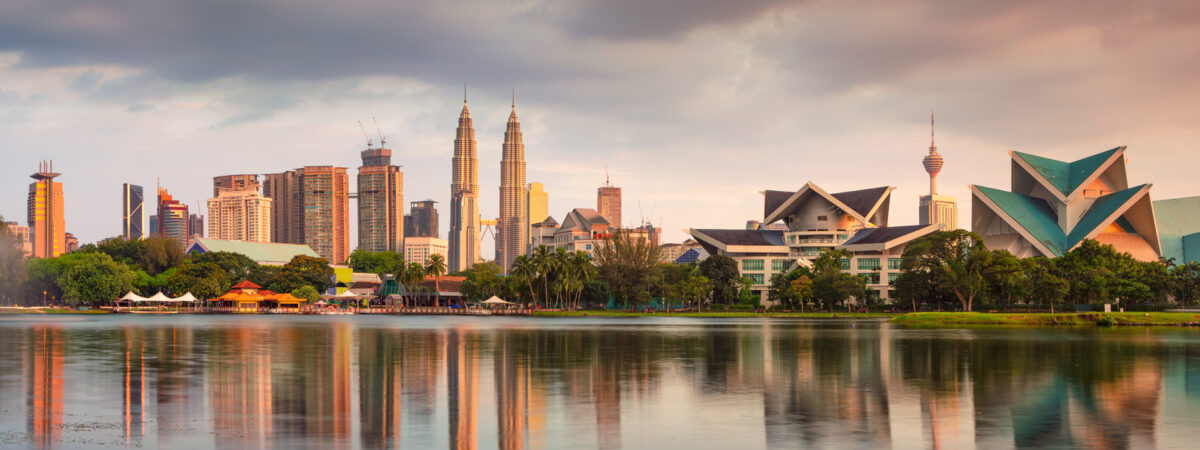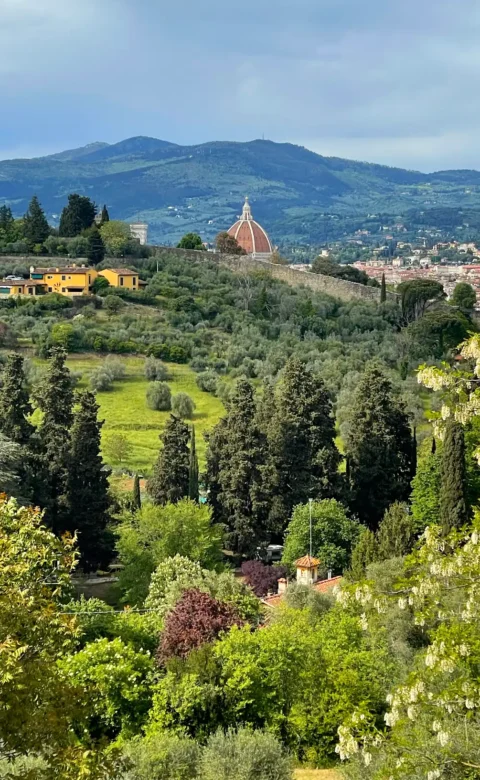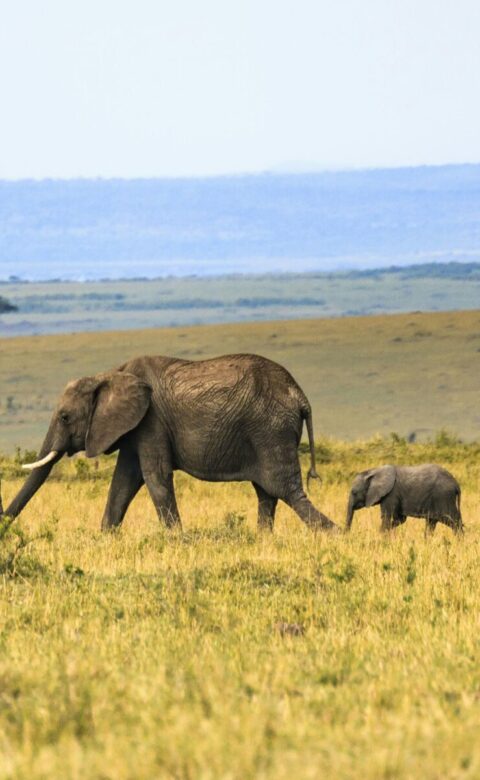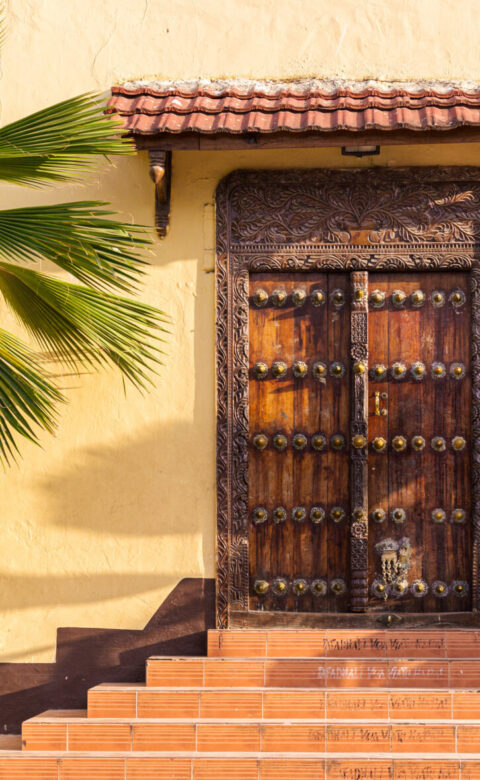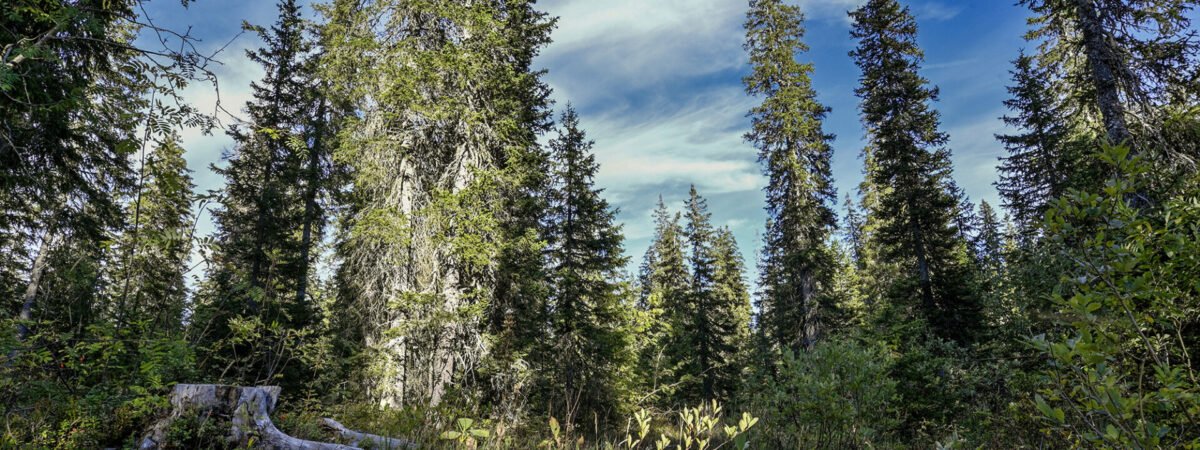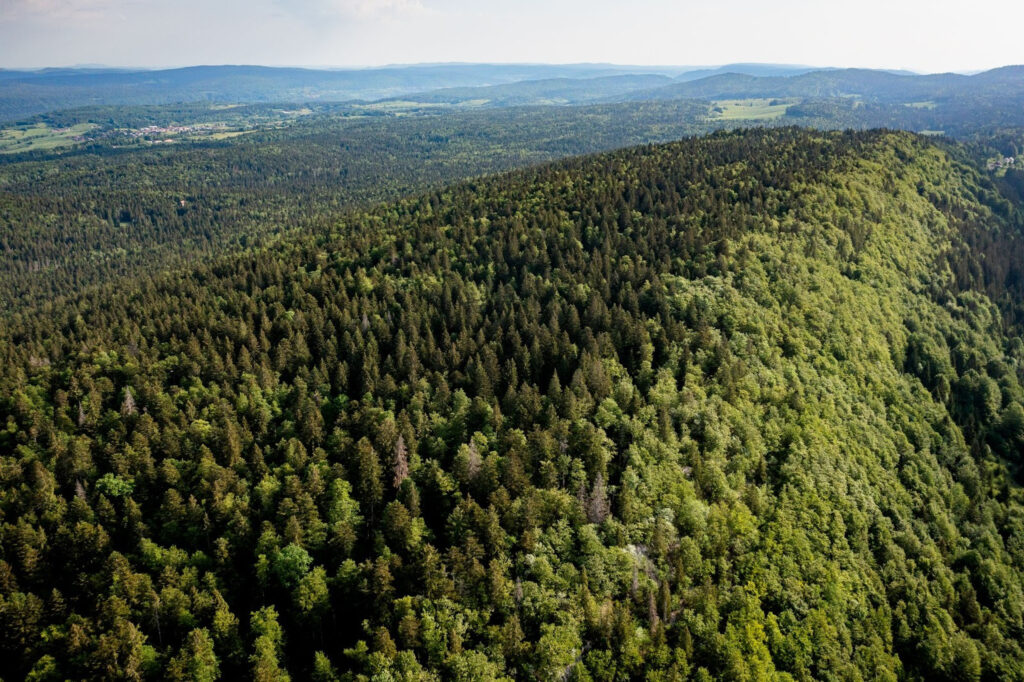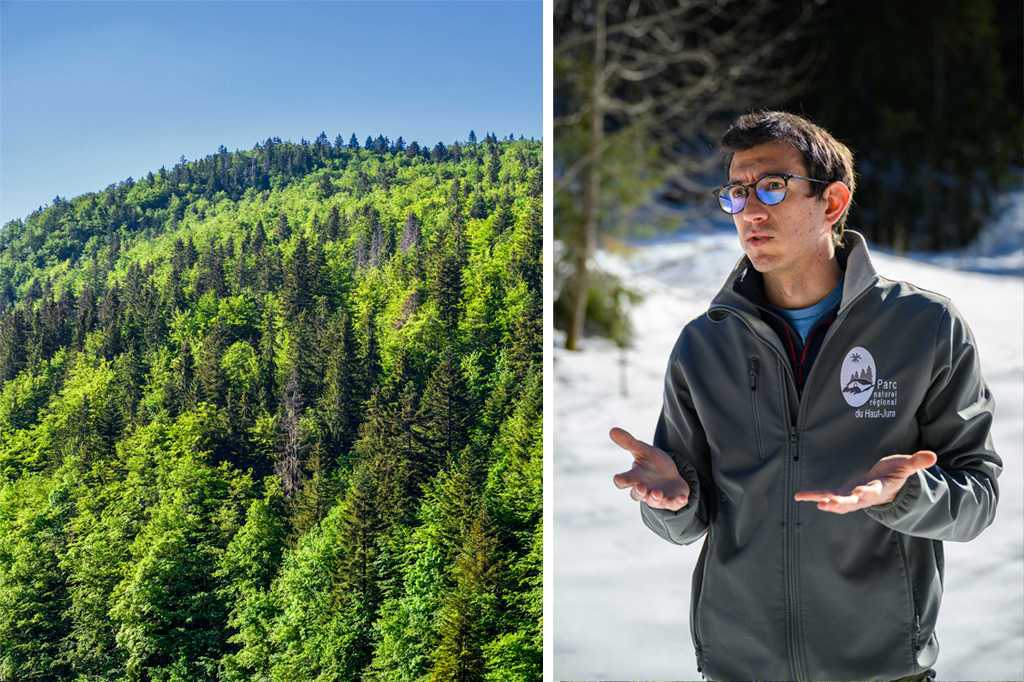With its eclectic mix of modern and historical architecture, tropical climate, and vibrant nightlife, Kuala Lumpur (KL to locals) has become a fast favourite with both ex-pats fortunate enough to live here and tourists savvy enough to plan a visit. With the local cuisine being amongst the best in the world, it’s no wonder it has become a foodie paradise. Local expert Julie-Ann Sherlock takes you through some of her favourite things in the Asian city that celebrates life.
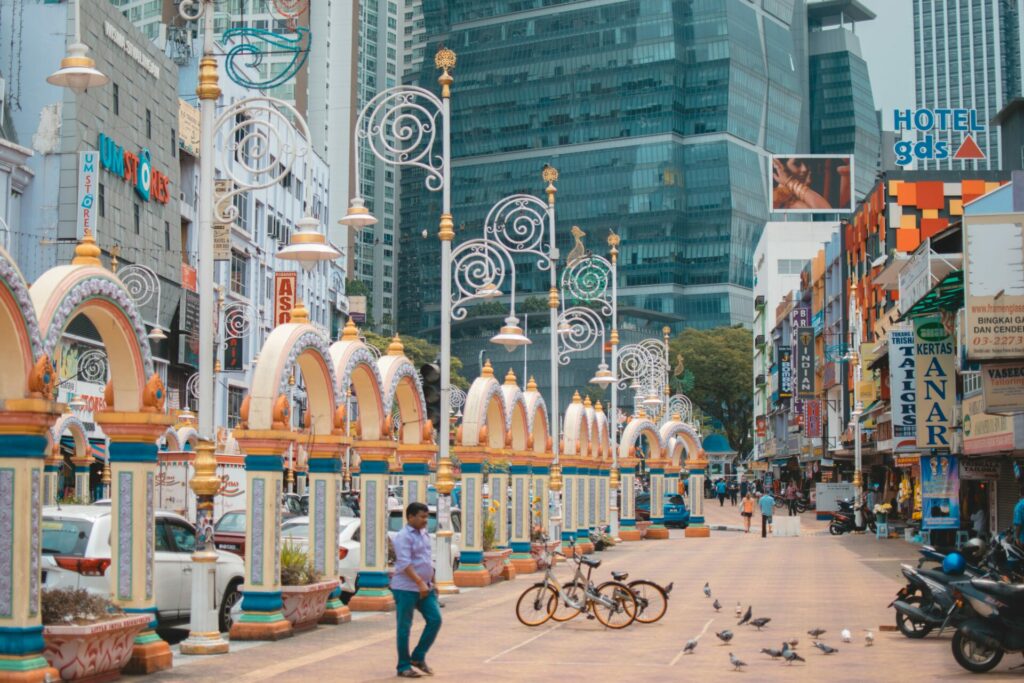
Upon Arrival
After a visitor arrives in my city, I always recommend going straight to Brickfields because you deserve a culinary treat after eating airplane food. This area, also known as Little India, is full of great restaurants and is one of the city’s most colourful and vibrant neighbourhoods. Luckily for travellers, it is also the location of KL Sentral, the central train station where public transport from the airports (KLIA 1 and 2) drops off arrivals.
The best time to be here is during one of the many festivals. That’s when the city truly comes alive. As a multi-cultural place comprising three main ethnicities — Malay, Chinese and Indian — religious and cultural events happen all year round. With about 50 public holidays a year (!), something is nearly always going on. Some of the most festive times to be here are during Chinese New Year, Thaipusiam and Hari Raya Aidilfitri, all happening between late January and April/May.
I tell first-time travellers to take a hop-on hop-off bus or a walking tour of the city. It lets them quickly understand the mix of cultures and the city’s layout. I also tell them to avoid Chow Kit Market. It may be one of the biggest and best places to buy vegetables and meats in the city, but the powerful smell of the wet market is not suitable for those with sensitive noses.
People from here know better than to party in Changkat. This is the main street for revelry, but it also features tourist prices for the most part and can be very crowded. Instead, they would rather go to Bangsar or the KLCC. Bangsar is an older neighbourhood with many established ex-pats and locals; the bars and restaurants here are more affordable, more authentic and great fun; while the KLCC (Kuala Lumpur City Centre) area is upmarket, but worth the dearer prices when treating yourself. It’s full of stunning rooftop bars and restaurants, mostly with views of KL’s most famous feature — the Petronas Twin Towers.
The best museum to start your journey and get a good sense of this city is the National Museum because it explains how the country became such a melting pot of Asian cultures.
Parents should take their kids to Berjaya Times Square shopping mall because it has an indoor theme park! It’s in the city centre, easily accessible for a fun day out with exciting attractions for thrill seekers and gentler experiences for younger visitors. You might get some great bargains too.
Food from the Heart
Among the dishes my city is most proud of, nasi lemak is an absolute must (fragrant rice cooked in coconut milk with pandan leaf). Unfortunately, I am allergic to nuts and coconut, so I can’t eat it myself, but to really enjoy it, my friends like to go to Malay food stalls like those found in Kampung Baru or just off Jalan P Ramlee.
When we get together to celebrate, rosy-pink sirap bandung, whiskey, and champagne are what people here traditionally drink. Malays are all Muslim, so alcohol doesn’t feature in their celebrations. Still, Chinese, Indians and other nationalities enjoy various ‘adult beverages’. I like to gather my friends and go to The Dark Horse for a round. We also do the weekly pub quiz there on a Monday night.
When I eat completely local, I go to Gem restaurant because I know the food here is fantastic. It is the best Indian food I have ever had, and I have lived in India…
Another two classic, iconic restaurants include Madam Kwan’s, a Malay chain and Saravana Bhavan, a vegetarian Indian chain.
The part of town where locals come for traditional food is Jalan Alor. It is a ‘food street’ and night market full of hawker stands and traditional restaurants, close to the party street, Changkat. Other great spots are Jalan Petaling (Chinatown) and Brickfields for Indian food.
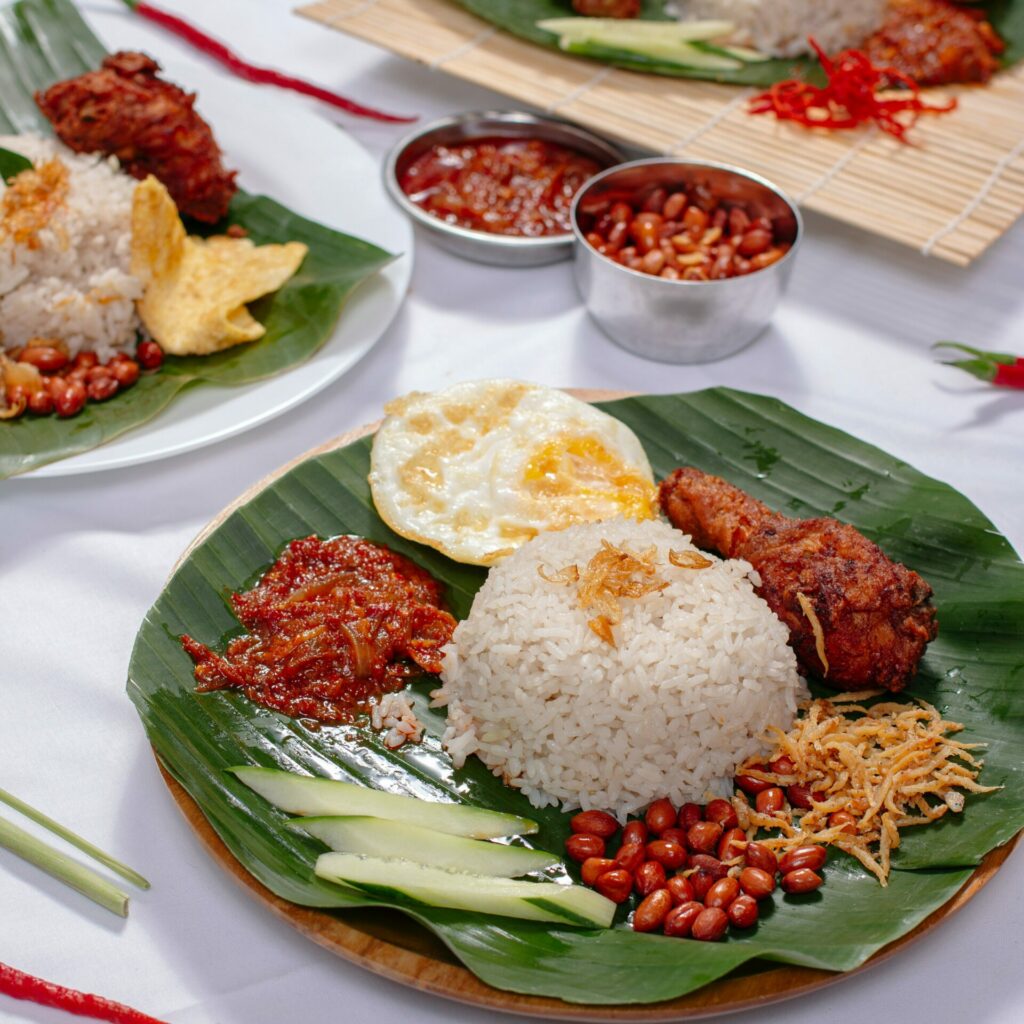
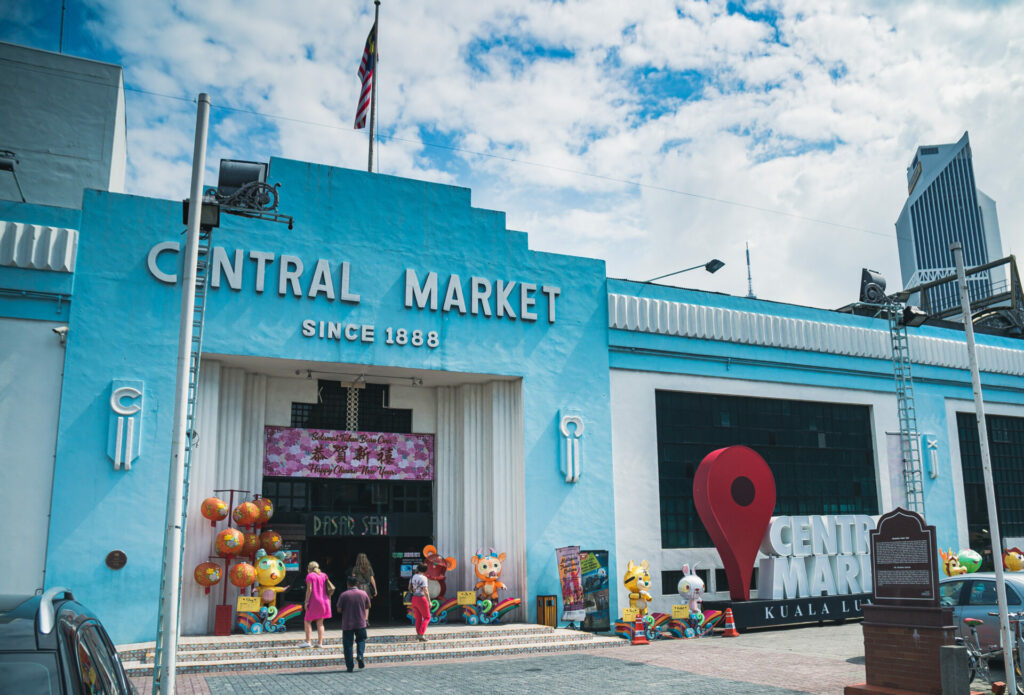
Shopping Locally
My city is known for making shopping malls. People joke that shopping is the national sport of Malaysia, and it is kinda true. From higher-end options such as Pavilion, The Starhill and Suria KLCC to more everyday places like Avenue K, Lot 10 and Sungei Wang Plaza — all in the city centre area — you are spoiled for choice.
The best food market in Kuala Lumpur is Pudu Wet Market, with a great variety of vegetables, meat and fish available. And the best market to buy everyday items like clothing and footwear is Jalan Masjid India.
For real, local souvenirs, I always take visitors to Pasar Seni (Central Market). The products are of higher quality, and the vibe is arty and fun. And we know to avoid Jalan Petaling (Chinatown Market) because the goods are primarily fakes and cheap tat, although it is fun to wander through and enjoy food and drinks.
Getting Deeper Into Kuala Lumpur
Most people know about the Batu Caves but Taman Eko Rimba (KL Forest Eco Park) should also be visited — because how often will you get to trek through a rainforest in the MIDDLE of a city?!
My city is a place people are attracted to because of the warm, friendly people who genuinely make you feel at home. And the food.
To really celebrate my city at its best, come during the Chinese New Year, because the festivities are fabulous. From public Lion Dances to impressive fireworks every night and some of the best Chinese food you will ever eat, it is truly a festival for all the senses.
Most people think of my city as a place to use as a stopover, but really this is a destination to indulge in the best cuisine in the world, celebrate, shop or relax on a fabulous, inexpensive spa day.
This is one of the best places in the world to experience a warm welcome. Locals are proud of that because they also get a buzz from learning more about you and your culture. Here, you can experience real interactions and make true connections.
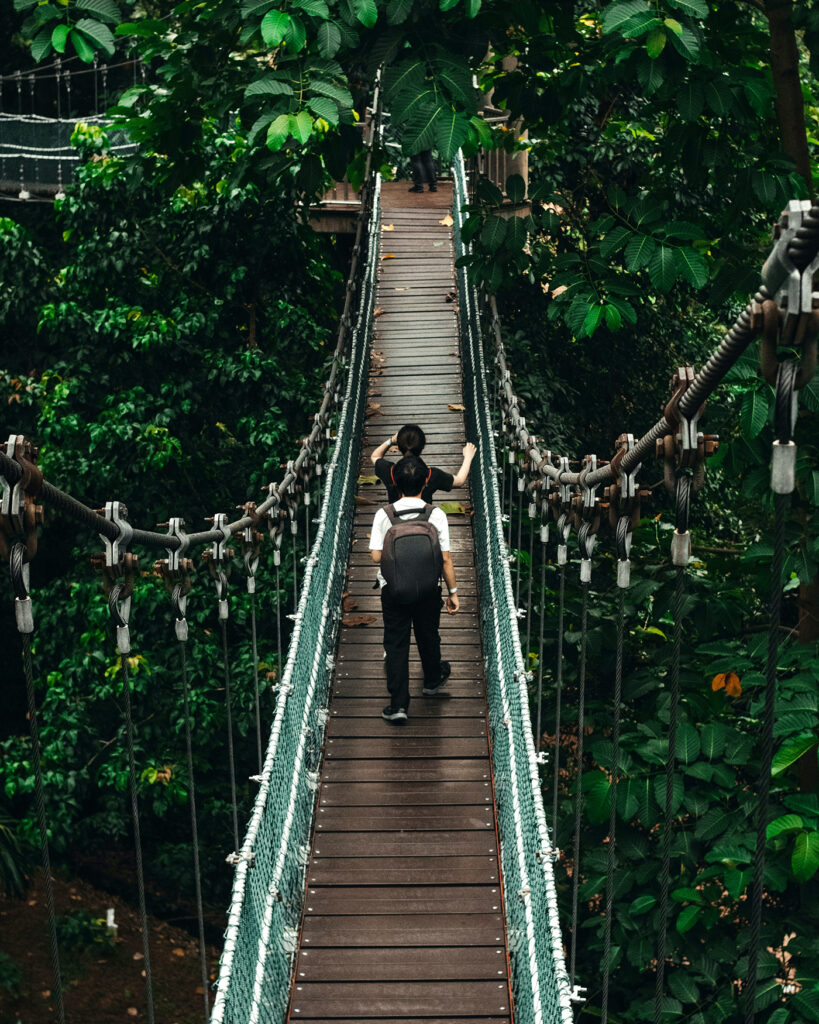

Getting Around Kuala Lumpur
One thing you should know about getting around my city is that there are free buses in the city centre.
The best way to travel in my city to have as little impact as possible is by bus, train (LRT) or the monorail.
Luckily these methods of transportation also allow me to explore the city and points beyond inexpensively and responsibly.
Outside The City
To get away and into the outdoors, I like to go to Batu Caves. It is a quick train journey, and even if you don’t go up the 272 steps and into the caves, the surroundings are beautiful. Beware of the cheeky monkeys, as they like to steal from people!
For a day trip just beyond my city, I like to visit Genting Highlands. Though it’s known as a “mini Las Vegas on a mountain top” this is an area that is more than just casinos. One nearby resort has a stunning French Alsatian theme and is also home to a Japanese-style village, botanical gardens, and golf facilities.
Many people will head to the historic colonial town of Mallaca, but locals know to go to the tropical paradise of Langkawi — designated the first UNESCO Geopark in Southeast Asia — for lush geoforest parks, waterfalls, gorgeous beaches, and no-tax alcohol (if you fancy a tipple while visiting the duty-free island).
I really enjoy the view of my city from the Heli Lounge Bar, a rooftop bar in the KL city centre. It is a real, functioning helipad until 6 pm, and then it transforms into a bar with spectacular views of the city’s main attractions.

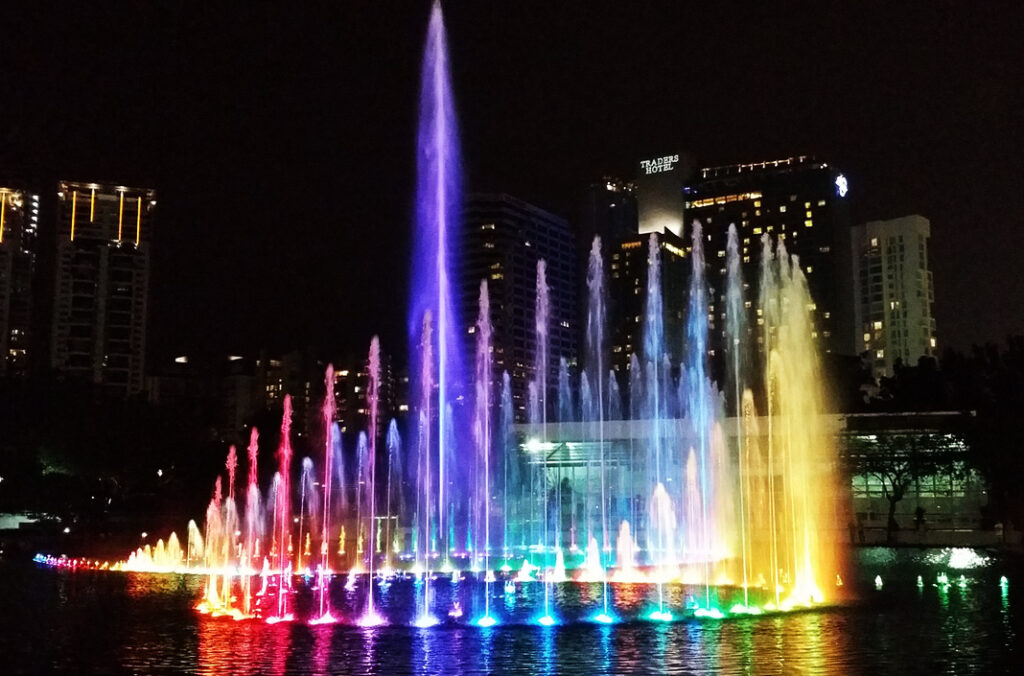
Connecting with Locals
When I want to have fun and celebrate being out in my city, I find a festival and join in.
To hang out with my friends and go to a real insider spot, I go to Rust KL bar in Chinatown, where I can enjoy fantastic food and cocktails.
The best resource for finding out what’s going on around town (events listings) is The City List (disclaimer: I write for them sometimes, so I know from experience that they are on top of everything that goes down in the city!).
When I want to enjoy my city without spending much (or any) money, I grab a picnic and go to KLCC Park beside the Petronas Towers. You can enjoy the musical fountains here and kids can splash in the free water park. After dark, the lit dancing waters put on a dazzling rainbow display.
The Iron Fairies is my first choice for music, because as well as being one of the most beautiful bars in KL, it has awesome bands playing from Wednesday to Saturday. And when I feel like dancing, I go to Kyō at the Mandarin Oriental for great tunes in a small, comfortable nightclub.
Finding Solitude in Kuala Lumpur
When I want to go somewhere to sit and relax in my incredible city, I go to the rooftop of my apartment building. Almost every condo here has a rooftop pool looking out over the city complete with sun loungers, perfect for a chilled day of relaxing and reading. Happily for visitors, many hotels have them too — and for those staying in more modest guest accommodation, the same panoramic views can be enjoyed from the hotel bar for the price of a drink.
The place that makes me proudest of my city is Merdeka Square because this is an old area with stunning architecture, and you can feel the history. Merdeka means freedom, and its gigantic flag pole proudly flies the Malaysian flag celebrating its independence gained in 1963.

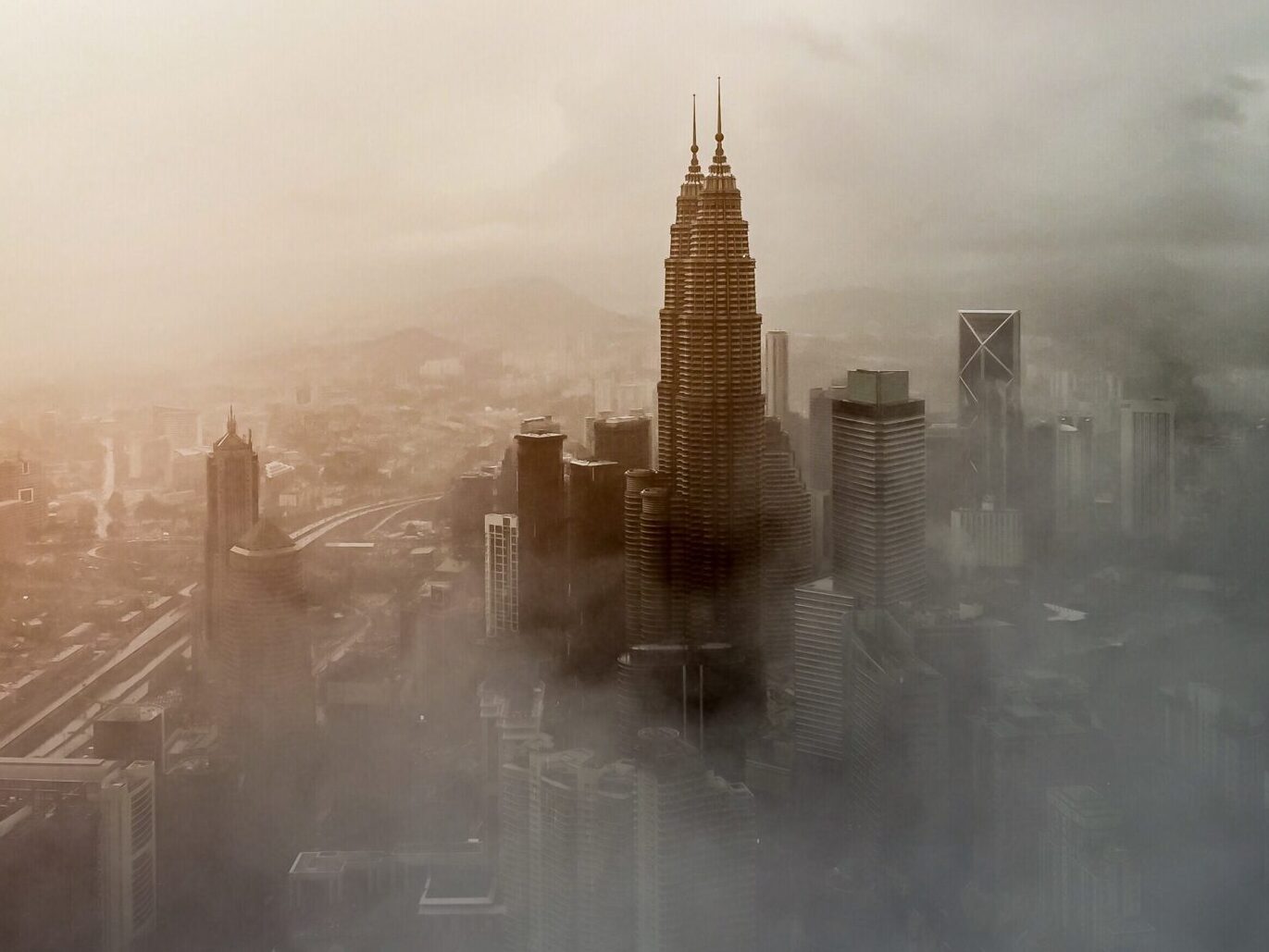
When the Seasons Change, This City Shines
Spring (March, April & May) is the best time to explore the Botanical Gardens. Winter rains have passed, leaving the gardens even more lush and beautiful than usual.
In the summer (June, July & August), I always recommend visitors enjoy some local fruits as they are at their freshest. If you can stand the smell and unusual, dense custard-like texture, try the “King of Fruits” — the infamous durian. For the less adventurous, get some rambutan, jackfruit or pomelo instead.
The fall (September, October & November) here is magical when you remember it is starting to get chilly back home (I’m originally from Ireland), yet here you are basking in daily temperatures of 29-33°C. Celebrating Halloween and hearing Christmas music in the heat is one of my favourite things.
The winter (December, January & February) is a great time to enjoy some of the best festivals in the city. Despite being a predominantly Muslim country, they truly go all out with Christmas decorations!

